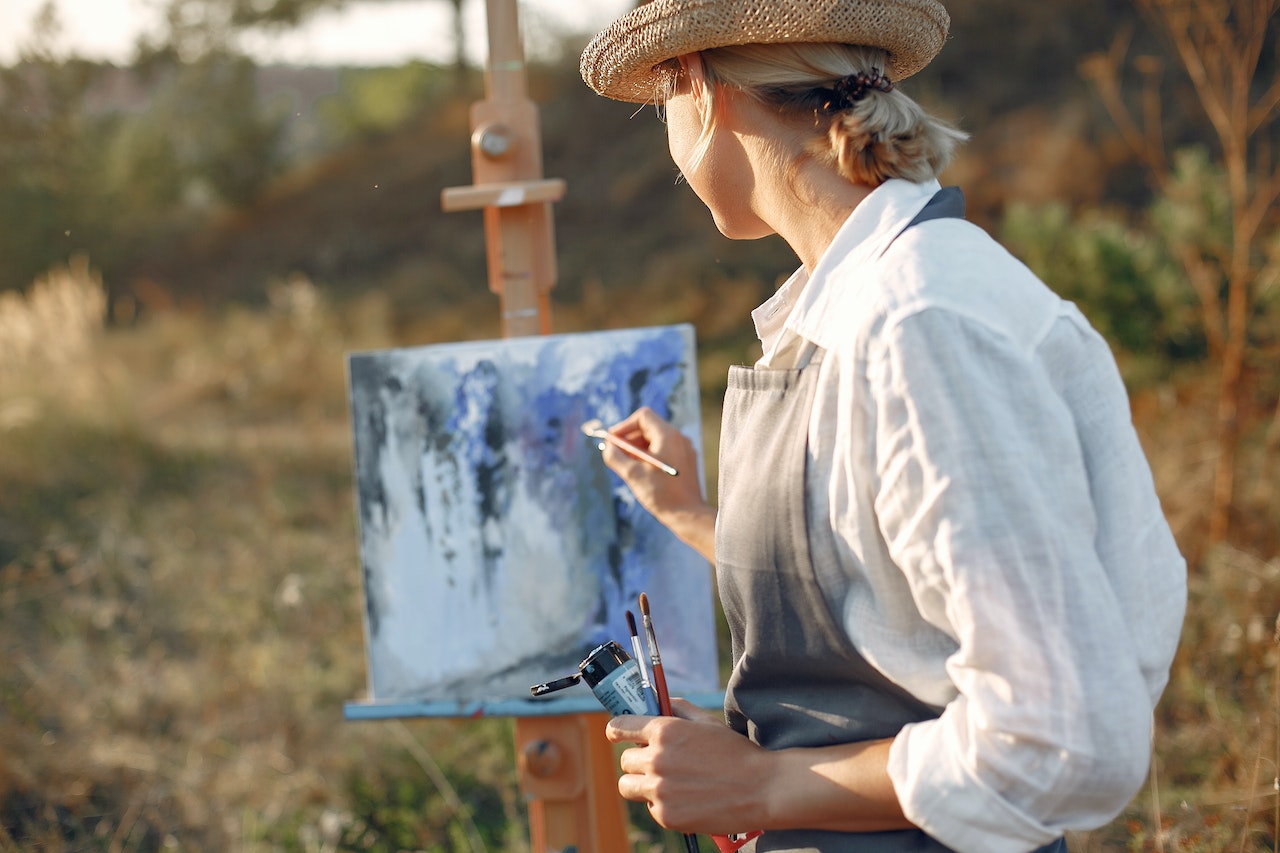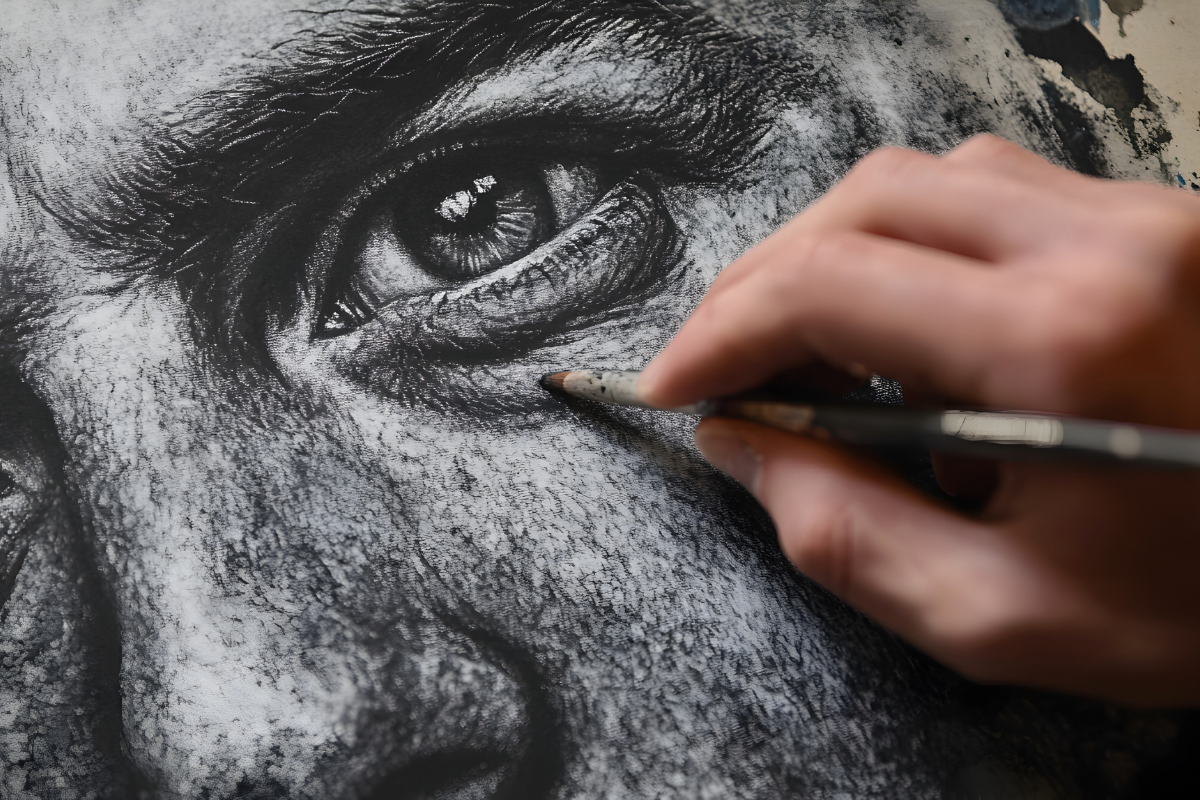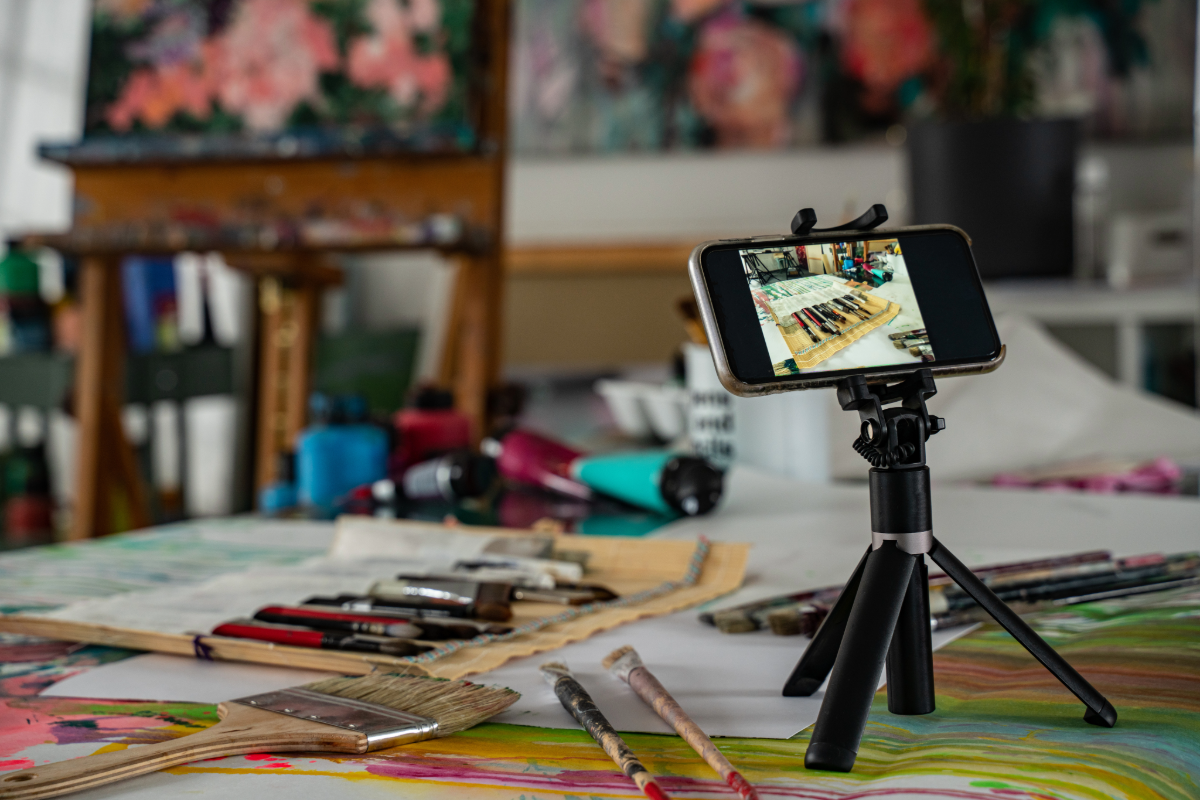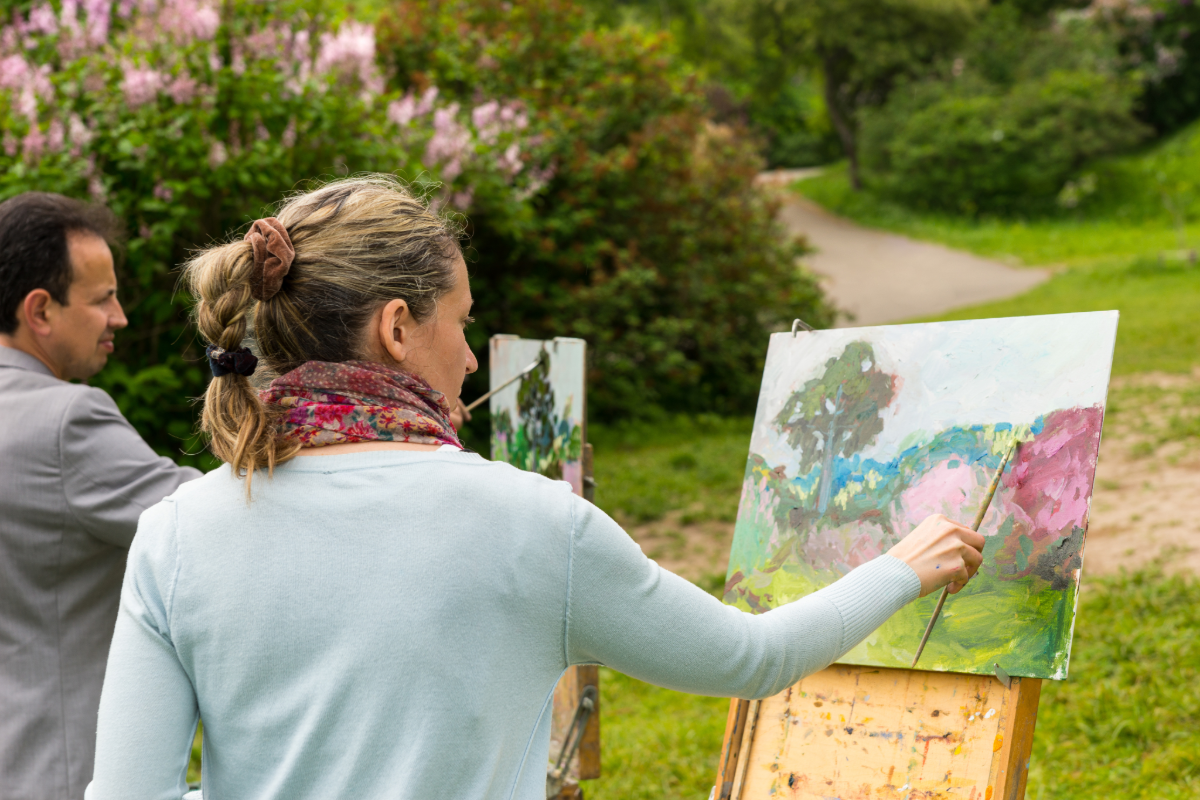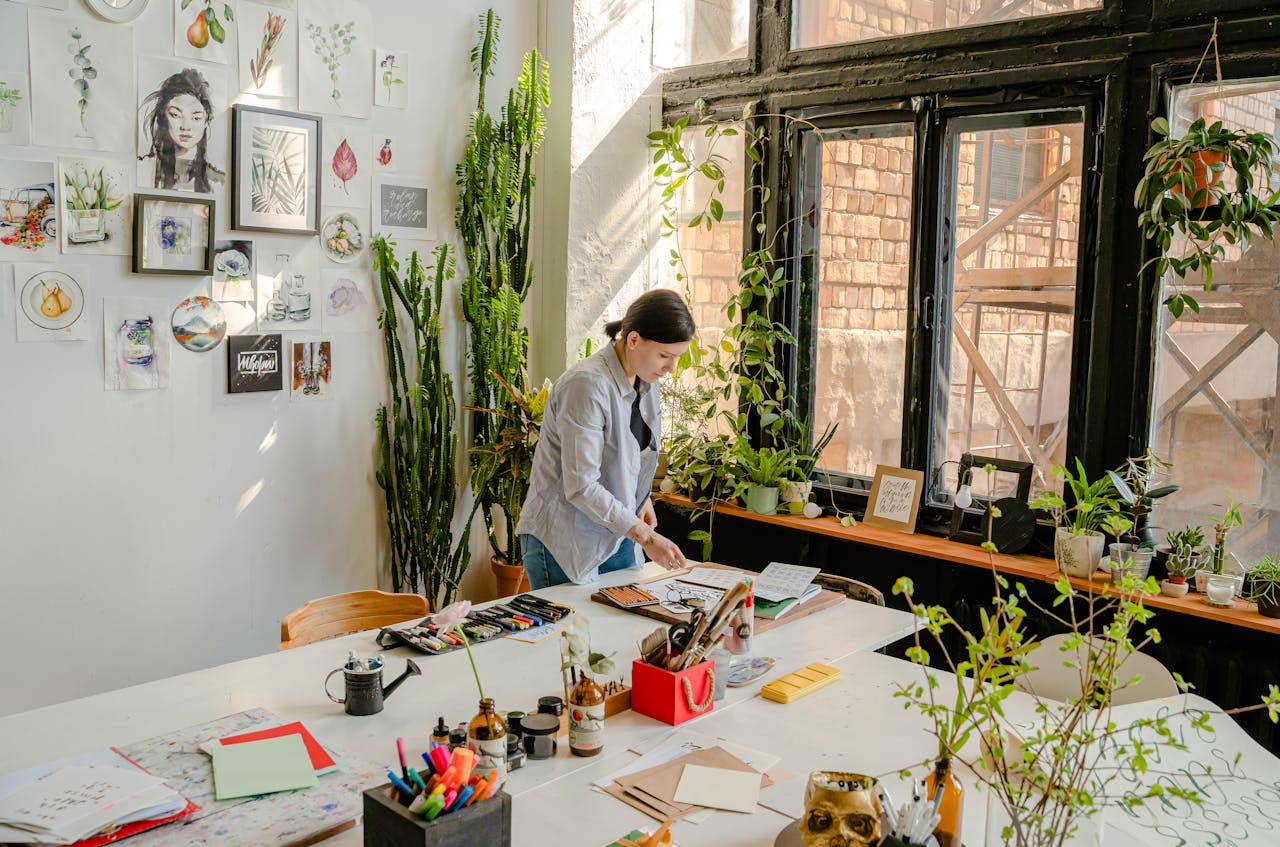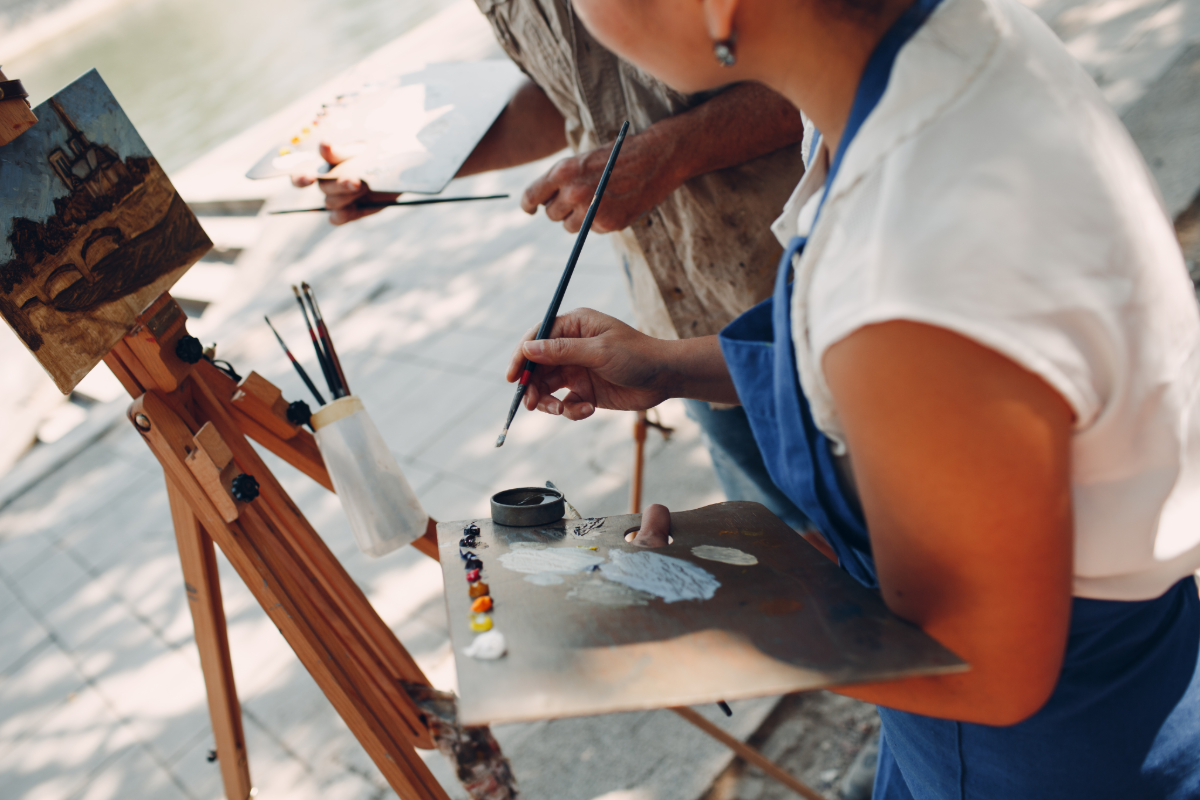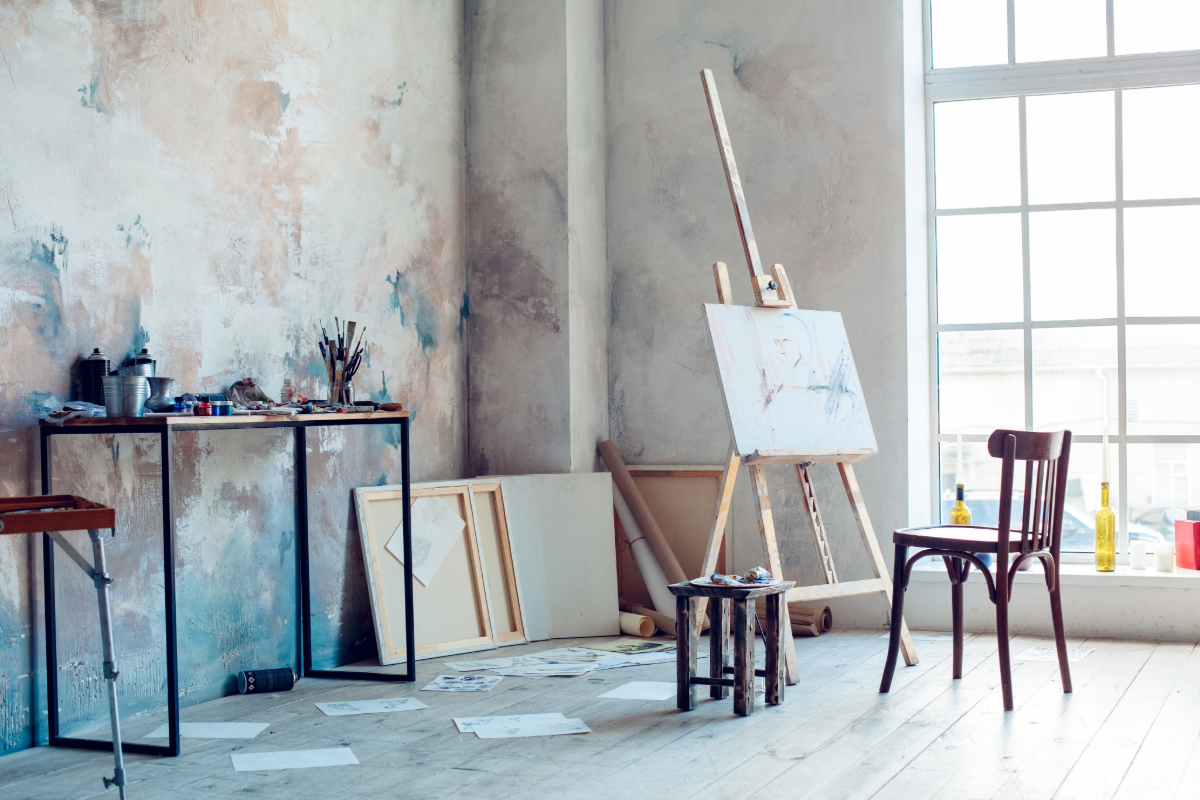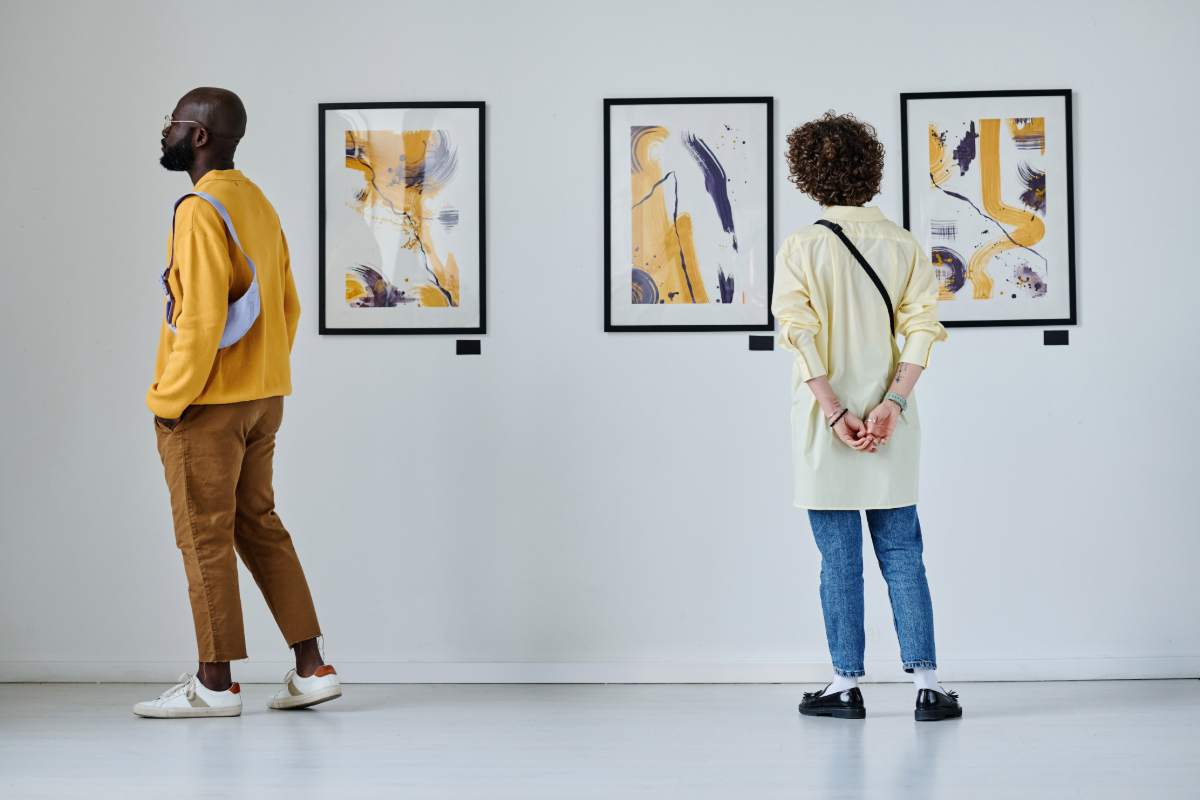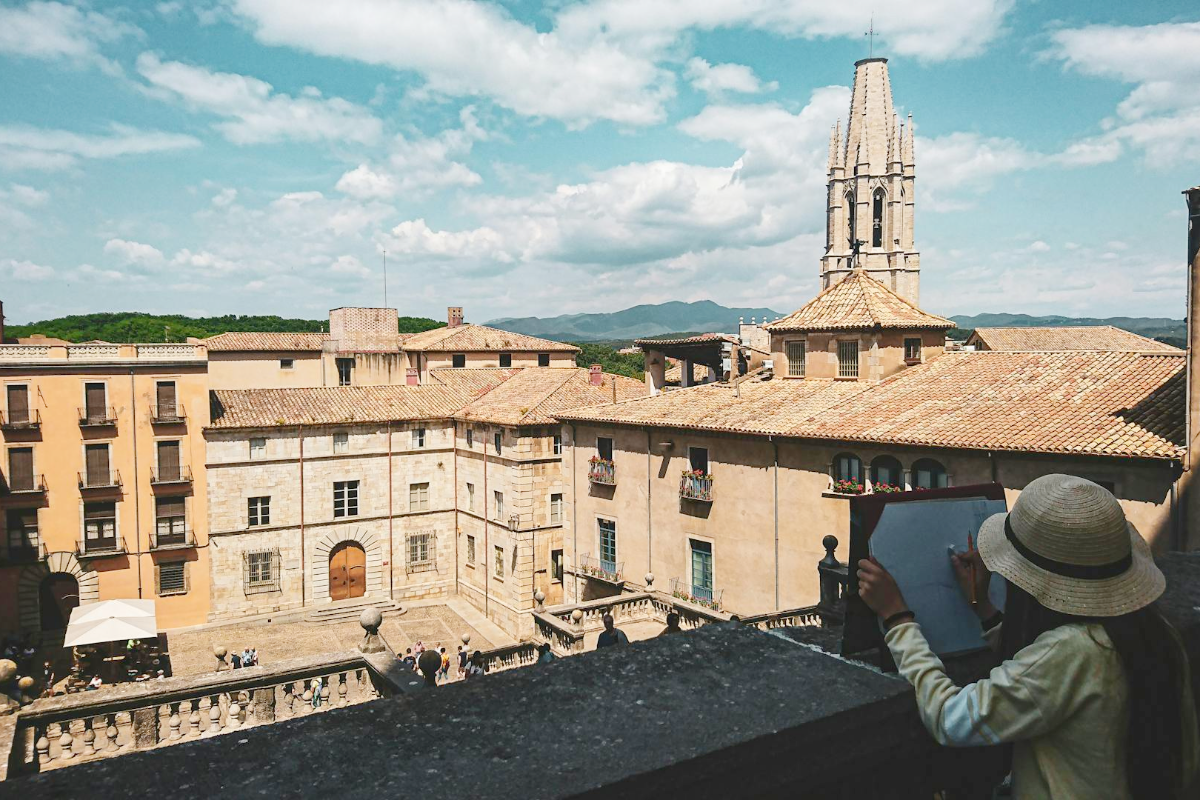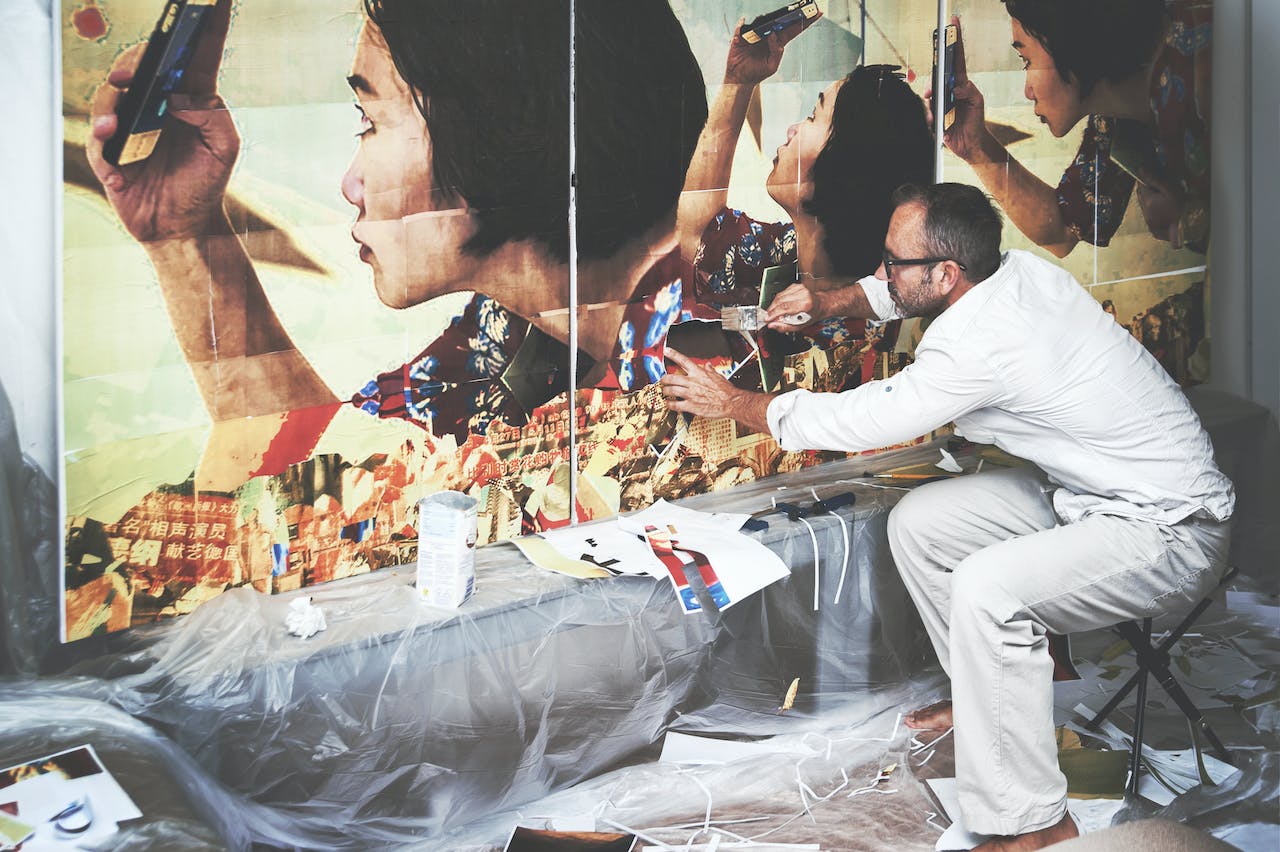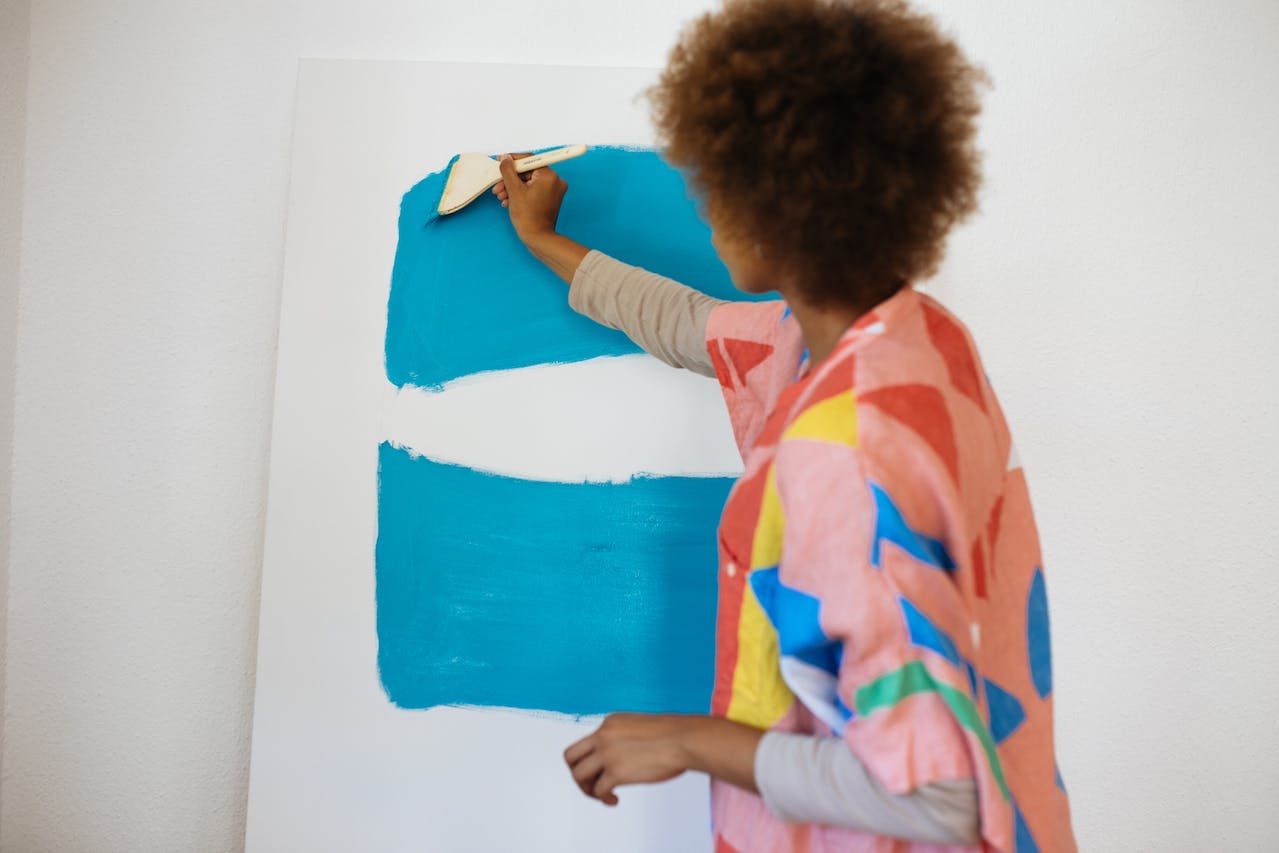Artist Residencies: How to Choose the Best One for You
If you’re an artist looking to make your mark, residencies can be a great way to develop and hone your craft. These programs provide dedicated time, resources, and support systems – not to mention invaluable educational experiences as well! From fully-funded residencies that don’t require any payment from the applicant all the way up to high-profile positions with luxurious facilities in remote locations around the world: no two residencies are ever alike.
Residencies can offer so much to an artist, from time and space away from everyday responsibilities, new materials, and locations to draw inspiration from, access to other professionals in your field, and more. But with so many residencies out there, it can take time to find the right one for you. Keep reading for essential tips on choosing the residency that will be the best fit for your creative practice.
How Do I Find an Artist Residency?
You can start by browsing TheArtList’s Featured Art & Photo Calls section to find art residencies and current open calls. Another good way to find and learn about residency programs is to ask around to see which residencies other artists you know or admire have participated in.
What Should Artists Look For in a Residency?
Choose Your Focus
What is your primary art form? What materials do you work with? Are you hoping to experiment with new mediums during your residency? These are all critical questions to ask yourself when choosing a residency, as different programs will cater to varying types of artists and practices. For instance, if you are a ceramicist looking for access to a kiln and workspace outside of your home studio, choosing a painting-focused residency probably isn’t going to give you what you need. The same goes for if you’re an emerging artist who is still trying to find their voice—a more structured program with classes and critiques might be a better fit than one that leaves everything up to the resident. By having a clear idea of what kinds of opportunities and facilities you need during your residency ahead of time, you increase your chances of finding a perfect match.
Consider Your Timeline
How much time do you have available? Are you looking for a brief respite from your current obligations, or do you have a more open schedule? Residencies can range from two weeks to two years or more, so it is essential to consider your available time to commit to a program.
Research Different Types of Residencies
There are so many types of residencies to choose from, so it’s crucial that you take the time to learn about each one. Some residencies are fully funded, while others require payment from the artists to participate. They also range in support, facilities, and location. To get started, take some time to familiarize yourself with the different types of residencies that are available:
- Academic residencies are typically tied to universities or colleges and offer artists the chance to teach classes or conduct research while also working on their own art practice. These residencies often require artists to have an advanced degree, such as an MFA.
- Community-based residencies focus on community engagement and outreach, often working with underserved populations. These residencies provide artists with the chance to really make a difference in their communities through their artwork.
- Solo exhibitions residencies provide artists with their own studio space and support in terms of marketing and promotion for an upcoming show. These residencies are ideal for artists who already have a body of work that they want to showcase.
Create a Plan of Action
After you’ve done your research and better understand the different types of residencies available, it’s time to create a plan of action. This plan should include what type of residency you’re looking for, what your budget is, what your timeline looks like, and what your goals are. Having a plan of action will ensure that you’re applying for the right opportunities and will make it easier to track your progress.
For example, let’s say you’re looking for a fully funded residency in Europe that lasts between six and twelve months. Once you’ve created this plan of action, you can start doing targeted research on residencies that match these criteria. And if you don’t find anything that meets your needs, you can always adjust your criteria slightly and try again.
Apply Early and Often
Applying for residencies can be a competitive process, so it’s important that you apply early and often. Start by creating a list of deadlines for when each residency application is due, and make sure to submit yours well in advance. In addition, don’t be afraid to apply to multiple residencies at once—the more applications you submit, the better your chances are of being accepted into one (or more!)
Related: TheArtList’s Guide to Creative Opportunities
TheArtList is Here to Help You Advance Your Art Career
When you’re working to make it as an artist, residencies allow you the space and opportunity to create and pursue your art career goals. Residencies provide you with the time, support, and continued education to develop your art practice. There is a wide range of residencies out there, and no two artist residencies are the same. Residencies can be fully funded or require payment from the artist to participate. They range in support, prestige, facilities, and location.
With a world of artist residencies available, it can take time to know which one is the right fit for you and your career goals. That’s where TheArtList comes in! Keep these tips in mind as you search for the perfect artist residency program—it’s out there waiting for you!
Find your next income and exhibition opportunity here on TheArtList!

